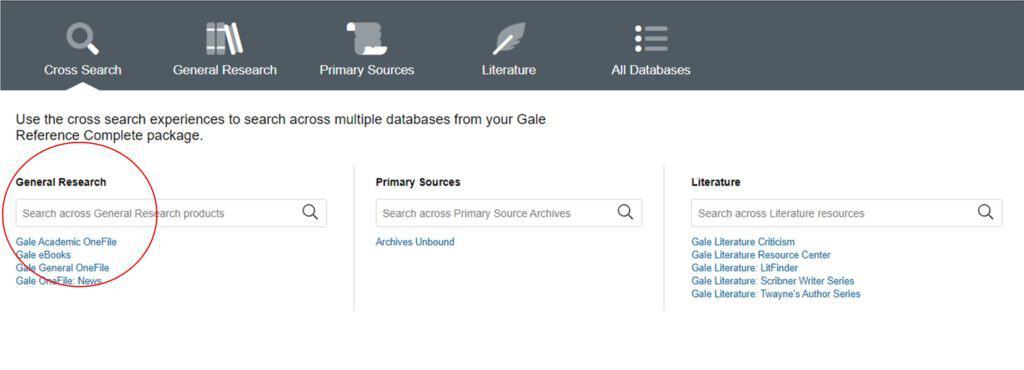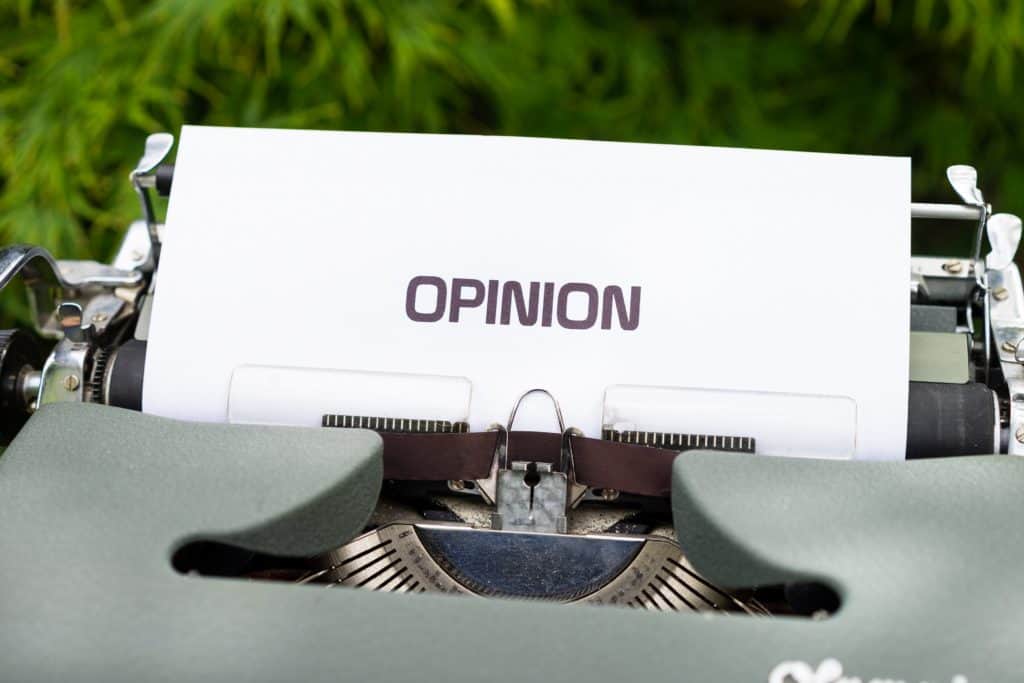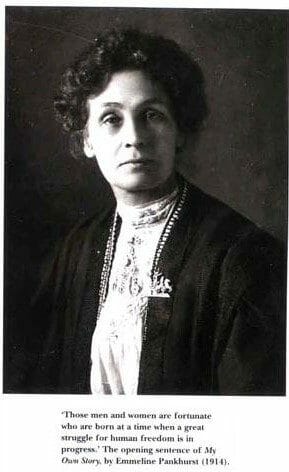│By Rhiannon Green, Gale Ambassador at the University of Durham│
As a university student myself, I know first-hand how important it is to read critically when writing academic essays. One reason we must read critically is because academic articles are constructed from both fact and opinion, and it is necessary to differentiate between the two when using them in our own arguments. This is especially true for articles within the discipline of History which are frequently written with more than one agenda in mind; whilst they do seek to inform the reader on a particular historical topic, and include historical information to this end, it is often used in a way that presents and defends the author’s own opinion on that particular topic. Debates around women’s rights, for example, have seen academics use various arguments and angles over the years, and whilst there are undoubtedly “facts” which are relevant to the debate, historians have often used the facts to present their own angle or argument. In this blog post I will use the resources in Gale OneFile – a component of Gale Reference Complete and home to a vast array of academic articles – to demonstrate the importance of disentangling fact and opinion in academia.
As you can see in the screenshot below, Gale OneFile is found in the “General Research” section of the Gale Reference Complete interface. Gale OneFile has two subsections; Gale General OneFile, which is more vocational in its content, and Gale Academic OneFile, which mostly consists of peer-reviewed journals of a more scholarly nature.

The Difference Between Fact and Opinion
Firstly, it is important to distinguish the difference between fact and opinion, as the line between the two can sometimes become blurred, particularly in academic articles. A typical reading of the term “fact” is something which is known to be true, and thus cannot be contested. In contrast, “opinion” is used to describe someone’s response to an event or action and so is frequently influenced by personal bias. Found in Gale Reference Complete, the articles in Gale OneFile range from those which are heavily factual, to those which are shaped by opinion.

How to Recognise Opinion in Academic Articles
One indicator of opinion in articles is anecdotal evidence which offers up a personalised viewpoint to the reader. Mary Harrington’s recent article in First Things: A Monthly Journal of Religion and Public Life demonstrates this, as she discusses her relationship with feminism by drawing upon her own experiences. However, this is not to say that the article consists solely of opinion, and indeed fact can be found in her discussion of the choices modern American women are making with regards to female work and reproduction. From this, we can see that articles often feature both fact and opinion side by side, and it is the job of the reader to differentiate between the two.

Harrington, Mary. “Reactionary Feminism.” First Things: A Monthly Journal of Religion and Public Life, no. 314 (2021): 9+. Gale Academic OneFile https://link.gale.com/apps/doc/A663350110/AONE?u=duruni&sid=bookmark-AONE&xid=2b6e90ac
Another way opinion can be recognised is through the process of fact checking. Sometimes students take the information presented to us in academic articles at face value, based on the assumption that scholars are well-informed experts and “must be telling the truth”. Assuming that academia is always factual however, is problematic; close reading often shows that what initially seem like facts may be open to debate or is missing crucial information. Opinion has a huge bearing on the writing of both history and current affairs, with academics commonly taking different lines of argument on the same topic.
Sometimes, the title of the article itself can indicate its own bias, an example being this article on gender equality, which states in the title that it provides “a Christian perspective”. There are often clues to the nature of potential bias in the title of an article. You can also become aware of potential bias by learning more about an author’s political and moral stance.
Moreover, whilst authors of academic articles may include clear and unarguable “facts,” they are often selective with which facts they choose to include, only including those which support their argument. This poses problems for the reader in that other information may be omitted, demonstrating why it is important to draw information from many articles of different standpoints when carrying out your research.
The Illusion of Objectivity
Whilst we can see that that articles often take a certain viewpoint, it is undeniable that they do also present facts which can be useful. And different authors may be more or less subjective or objective. Sometimes historical articles such as this one from History Today on women’s rights are more heavily informed by fact and led by objectivity. Here, the biographical detail about Emmeline Pankhurst is factual, serving to educate the reader on her life and significance. Students must always remember, however, to question the level of historical accuracy, as some historians are carefully deliberate in their use of fact. And whether anyone can ever write in an entirely unbiased, objective way is itself up for debate! Some details, perhaps biographical details that are commonly accepted, are easily identifiable as fact. But other details may be more nuanced – the extent to which information is factual is not always easy to identify, and so must be considered in relation to other secondary articles.

Purvis, June. “Emmeline Pankhurst: leader of the militant suffragettes: June Purvis offers a fresh look at the career of the suffragette leader. (Deeds not Words).” History Today, May 2002, 56+. Gale General OneFile https://link.gale.com/apps/doc/A85677846/ITOF?u=duruni&sid=bookmark-ITOF&xid=c77bd012
The value of opinion
It may be your first thought that the end-goal when studying History is to “get to the facts” – that students want to differentiate opinion from fact to “find the truth”, but opinion is the driving force behind historical debate and the study of Humanities subject more generally. Indeed, the discipline of History is built as much on opinion as on fact (some would argue more!). It is only via debating presenting new opinions and arguments that the discipline continues to progress and evolve.
Using Articles in Practice
As I mentioned at the start of this blog post, it is important to always read critically, and this also applies when reading articles in Gale OneFile. This is one way that the highlighting tool provided on the Gale platform can come in handy, as it gives students the opportunity to break the text down into more manageable chunks of information, aiding analysis. This tool can be seen in use in the screenshot below, showing a different article about Emmeline Pankhurst, where I have highlighted fact in yellow, and opinion in green. We can see here that opinion is just as important as fact, with both helping to shape the nature of academic discussion.
Further to this, we know that reputable sourcing is essential to the writing of a good essay, meaning that reading with an awareness of fact and opinion is also vital as it helps students decide which sources to use in the first place.

To conclude, fact and opinion both contribute to informing the line of argument presented in academic articles, and both are useful to your own essays, but it is vital to distinguish between them to ensure you use information correctly and with contextual awareness. As students, we are expected to be “switched on” to the ways in which articles can have bias. This can sometimes be difficult, but techniques such as cross-referencing and highlighting as you read can ensure you’re thinking critically about an article. This is hugely helpful when distinguishing between fact and opinion and, in turn, developing strong arguments of your own.
If you enjoyed reading about disentangling fact and opinion in Gale OneFile, you may like:
- Exploring the History of “Fake News”
- Why Feminism Is Still Very Much Necessary
- and Exploring Gale Reference Complete.
Blog post cover image citation: Image by Agence Olloweb on Unsplash.com https://unsplash.com/photos/d9ILr-dbEdg

